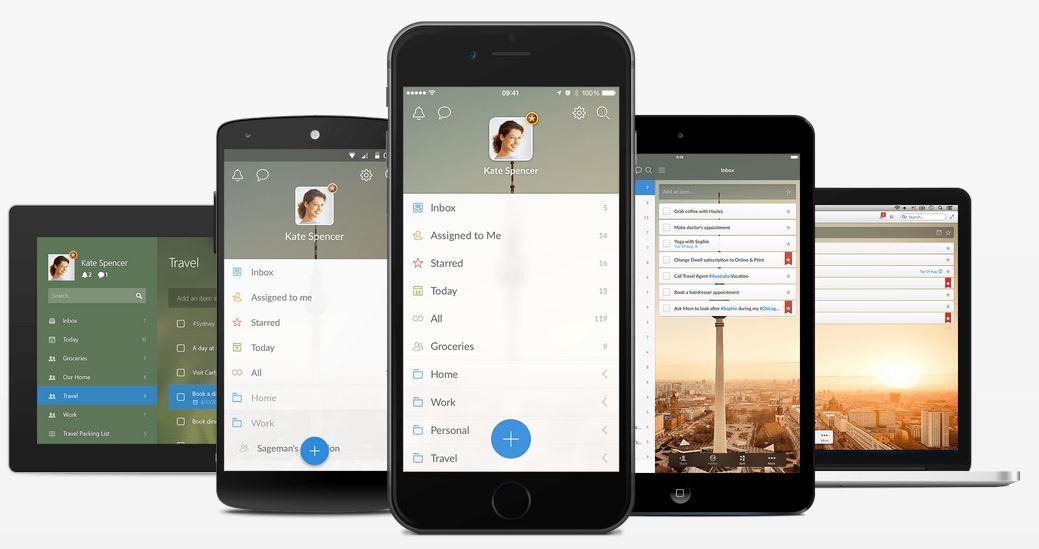


I’d been using Trello as a kind of simulator for the task juggler cards I’ve been working on. I didn’t realize how useful that would be for my own task management until today. I’m not personally experienced with kanban system-according to Wikipedia it’s used in “just-in-time” manufacturing and Agile software development-but I was immediately attracted to the use of physical cards as markers, representing tangible goods moving through a system. Trello implements a kanban board on a webpage, which is a way of visually representing objects moving through a process. Kept us focused, without being a pain in the butt to maintain. I’d been pointed to it by a number of people before (thanks, twitter peeps!), but this was the first time I’d used it in a production setting. While working on the museum exhibit refresh a few weeks ago, my cousin introduced me to Trello.


 0 kommentar(er)
0 kommentar(er)
